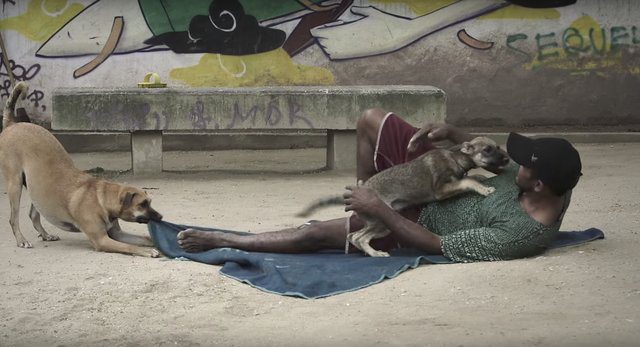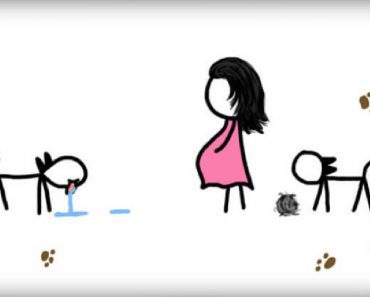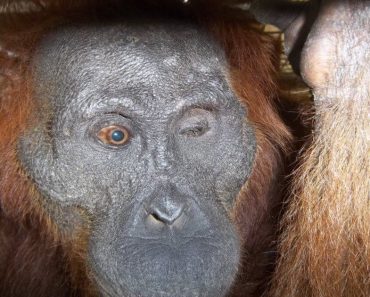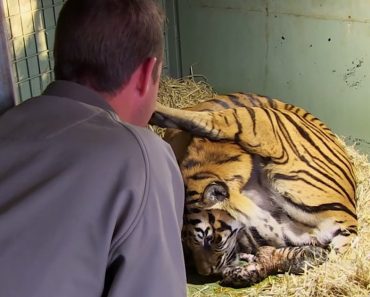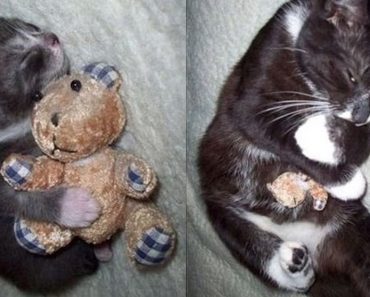When Glenn Greenwald and David Miranda were walking in the forest of Rio de Janeiro, they came across a dog on the side of the road. They named her Mabel. She struggled to walk and had likely been abandoned. Despite having seven dogs at home and barely the financial means to take another dog in, they rescued her and took her home. Shortly after, they discovered Mabel was pregnant with six puppies, four of which were adopted out while the pair kept two of them.
They had no idea at the time that this was just the beginning of their journey to rescue animals from the street. They have gone above and beyond, with Miranda winning an election to become a City Council member and the couple rescuing more dogs, they now have 23. Their rescue work has been taken in a new direction. They are excited to announce that their latest idea is both strong, necessary, and helpful for both people and animals.
Here is their story in their own word:
“More than three years ago, I rescued an older, injured dog named Mable. I found her on the side of the road, in the middle of the Rio de Janeiro forest, as she struggled to walk.
At the time, my husband, David Miranda, and I already had seven dogs, so we thought, by adopting Mabel, that we were simply adding one more. We quickly learned, however, that Mabel was pregnant — very pregnant — with six puppies, which meant we had actually, and quite unintentionally, doubled our pack in one day, to 14 dogs.
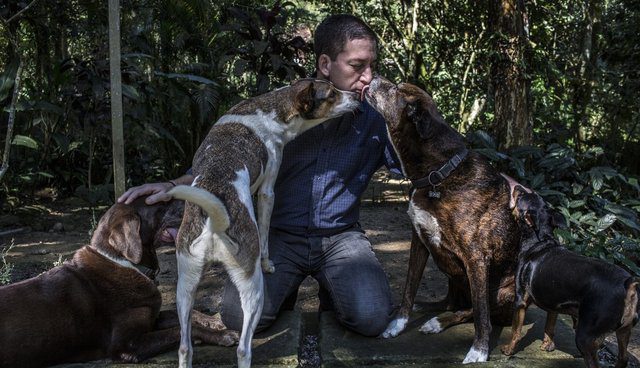
We were able to find amazing homes in the U.S. for four of Mable’s six puppies and kept two for ourselves. Several of the families who adopted Mable’s puppies described how those puppies enriched their lives.
Since then, animal rescue and animal rights activism has become an increasingly important part of our lives. Our pack has grown to 23 dogs — our limit, we swear! And we have picked up, fostered and placed for adoption dozens more. Each rescue is uniquely fulfilling and gratifying.
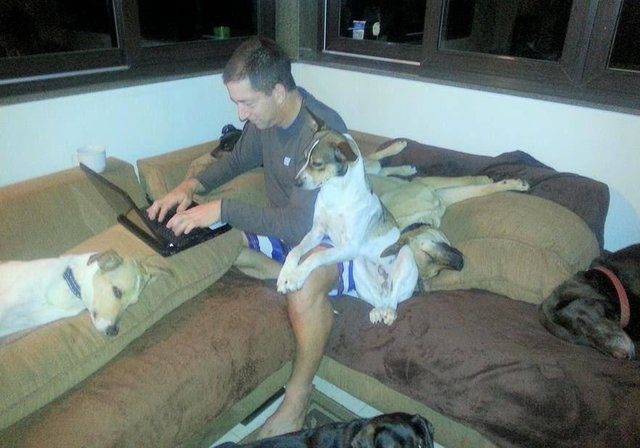
In the last two years, our work with animals has taken on a new focus: working with homeless people who live on the streets with their pets. At first glance, this situation can seem grim and depressing: Many assume that animals who live on the street with homeless companions are mistreated or deprived.
But, far more often, the truth is the opposite: The bond that forms between homeless people and their homeless pets is often strong, deep and more profound than many can imagine. The mutual need, and resulting intense devotion, that homeless people and their animals develop for one another is inspiring and can be unlike what one might find in any other context.

The compassion, empathy, and self-sacrifice defining the relationship between those who are homeless and their pets are extraordinary. It is difficult to explain how affecting it is to watch a hungry, homeless person receive a desperately needed meal and, without a second thought, instantly divide it in half to share it with their hungry dog or cat. Leslie Irvine, a sociology professor at the University of Colorado, has devoted much of her academic career to studying this unique relationship, and even named her book on the topic, “My Dog Always Eats First.”
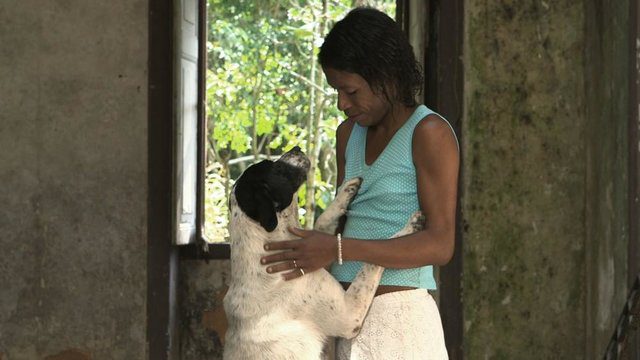
As this work became more important to me and my husband, we produced two short documentary films — under the direction of the film unit co-created by Oscar-winning director Laura Poitras — that showcased two different cases of homeless people devoted to animals.
The first, “Birdie,” told the story of an ex-convict who now lives on the streets, selling fruit and devoting himself to the care of his two dogs. The other, “Karollyne” detailed the truly amazing story of a trans-woman who is the matriarch of a homeless family that squats in an abandoned building and cares for dozens of dogs, cats, monkeys and other animals — most of whom were cruelly abandoned by people who drove the unwanted animals to the forest and dumped them.
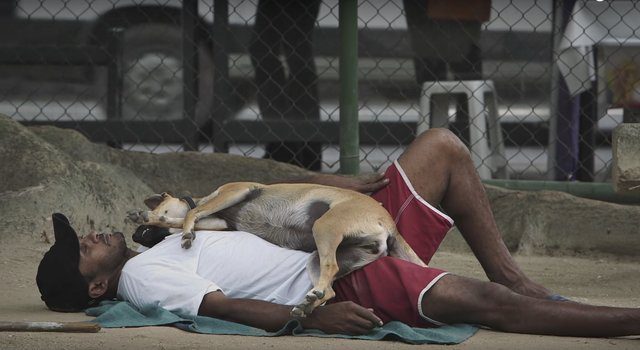
Last year, inspired by these examples, David and I resolved that we would tap into this uniquely powerful bond and use it to create a new model for providing support for both the homeless population and the animals they care for. We developed a plan for a new type of animal shelter, one that does not yet exist anywhere in the world.
The core idea is that the animal shelter will perform many of the functions of traditional shelters: rescue animals in need, provide them medical care and work to place them with suitable families for adoption. We also intend to launch a public campaign to encourage animal adoptions and create a centralized website for people who lose their animals people who find animals to access one another.
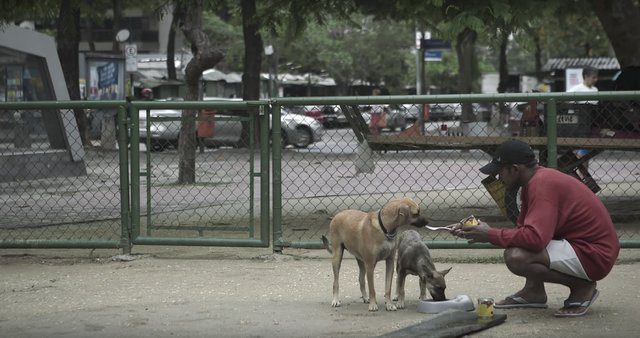
But the unique attribute is that the shelter will be staffed exclusively by homeless people who live on the streets with their pets and thus have a demonstrated affinity for caring for animals in need. By providing them employment in animal shelters centered around the passion they have already developed — along with social work and other services to aid them in managing their income and transitioning them from the streets into permanent employment — we believe we can utilize the mutual support that homeless people and animals in need provide one another in order to help both.
The goal is to simultaneously empower and improve the lives of as many homeless people and homeless animals as possible. We hope — and genuinely believe — that the success of this project can serve as a model, a template, for inspiring similar shelters in other cities around the world.
